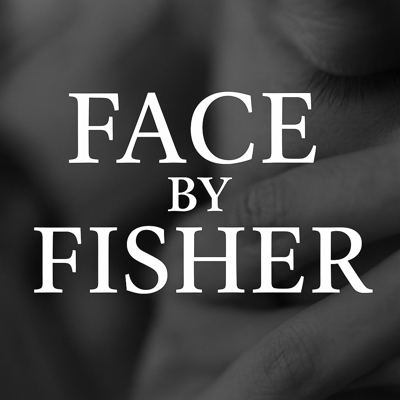Rhinoplasty Recovery Guide
Over 200,000 rhinoplasties are performed each year in the U.S., according to the American Society of Plastic Surgeons. A rhinoplasty surgery, commonly known as a nose job, is one of the most common cosmetic surgeries there is. Not only can a rhinoplasty alter the way your nose looks, it can also change the way it functions and improve breathing. In determining if a rhinoplasty is right for you, one of the common questions potential patients have is about the recovery time and expectations.
What Can I Expect from a Rhinoplasty Procedure?
Nasal surgery is customized for the underlying problem and patient’s goals, and one of the reasons that many patients choose to undergo a rhinoplasty is to improve breathing through the nose. Sometimes nasal obstruction can cause breathing troubles and contribute to issues such as snoring and sleep apnea. With a nasal obstruction that disrupts breathing, some people might also experience problems with trying to breath while exercising and disturbed sleep. A rhinoplasty is different than surgery for a deviated septum. The septum is the wall of cartilage that divides the left and right sides of the nose. A procedure called a septoplasty can fix the deviated septum, but if the deviation is severe enough, a rhinoplasty might be done to address this issue and improve the patient’s breathing. When done for medical purposes such as breathing improvement, a functional rhinoplasty procedure may be covered by health insurance.
Cosmetic changes to the nose with a rhinoplasty are not covered by health insurance. Frequently, patients choose to combine a functional rhinoplasty to address breathing problems with a cosmetic rhinoplasty to address appearance so that there is only one recovery.
Here is what to expect from a rhinoplasty. Remember, because each surgery is customized for the patient and their needs, the procedure might vary.
1. First, you will be put under general anesthesia to ensure patient comfort during the procedure.
2. The surgeon will make a small incision at the base of the nose and inside the nose. These incisions give the surgeon access to the cartilage and bones of the nose without leaving any scarring on the outside of the nose.
3. Through these incisions, the surgeon can make small adjustments to the bone and cartilage. These adjustments—often only millimeters—will change and improve nasal function.
Generally, after the procedure, patients go home that same day.
Recovery from a Rhinoplasty
Nose surgery recovery time depends on the extent and specifics of each surgery. For example, most rhinoplasties leave the nasal bones intact, but if a patient has had significant trauma to the nose, the bones in the nose can be shifted around during surgery to give a more favorable appearance and functional nose. In most cases, however, a rhinoplasty is an outpatient procedure, and patients return home that day to rest and recover.
It is recommended to take 2weeks off from work or school in order to rest. To ensure a healthy recovery, you should ice your nose to reduce swelling and follow directions to clean the nose. Your doctor may prescribe pain medications to help you deal with any pain after the surgery, but these should only be needed for a few days.
During your recovery, you might find breathing through the nose difficult as your nose will have splints placed inside. You can expect swelling during this first week, which ice can help treat. Your doctor will likely recommend you wear a cast on your nose to minimize swelling and to protect the nose after the procedure. You might also notice bruising on your face and under the eyes. During this week, you should take extra care to rest and avoid strenuous activity.
A week after your nose surgery, your doctor will remove the nose splints and the casts. At that point, you can return to work and resume light exercise. It is recommended to avoid more strenuous activities for another week.
Full healing may take up to a year, but you will likely heal very quickly during your first month after the surgery and start experiencing the benefits such as a more favorable nasal appearance and improved breathing within two weeks.





